Sustainable materials distinguish us.
From linen to loden - discover our materials and fabrics
We only want the most natural for you! Discover the variety and benefits of our most important materials: cord, loden, felt, flannel, and linen.


Cord
Cord is a robust material with a characteristic ribbed surface. It is produced through a special weaving process in which cotton or synthetic fibers are woven into tight ribs. This structure gives cord its unique look and high durability.
The production of corduroy takes place in several steps: After weaving, the ribs are reinforced and the fabric is gently brushed to achieve a soft texture. This makes corduroy a pleasant and warming material that is ideal for clothing.
It offers a variety of advantages, as it is not only durable and hard-wearing but also versatile. Trousers, jackets, skirts, and accessories can be made from corduroy to give any outfit a touch of retro charm and timeless elegance.
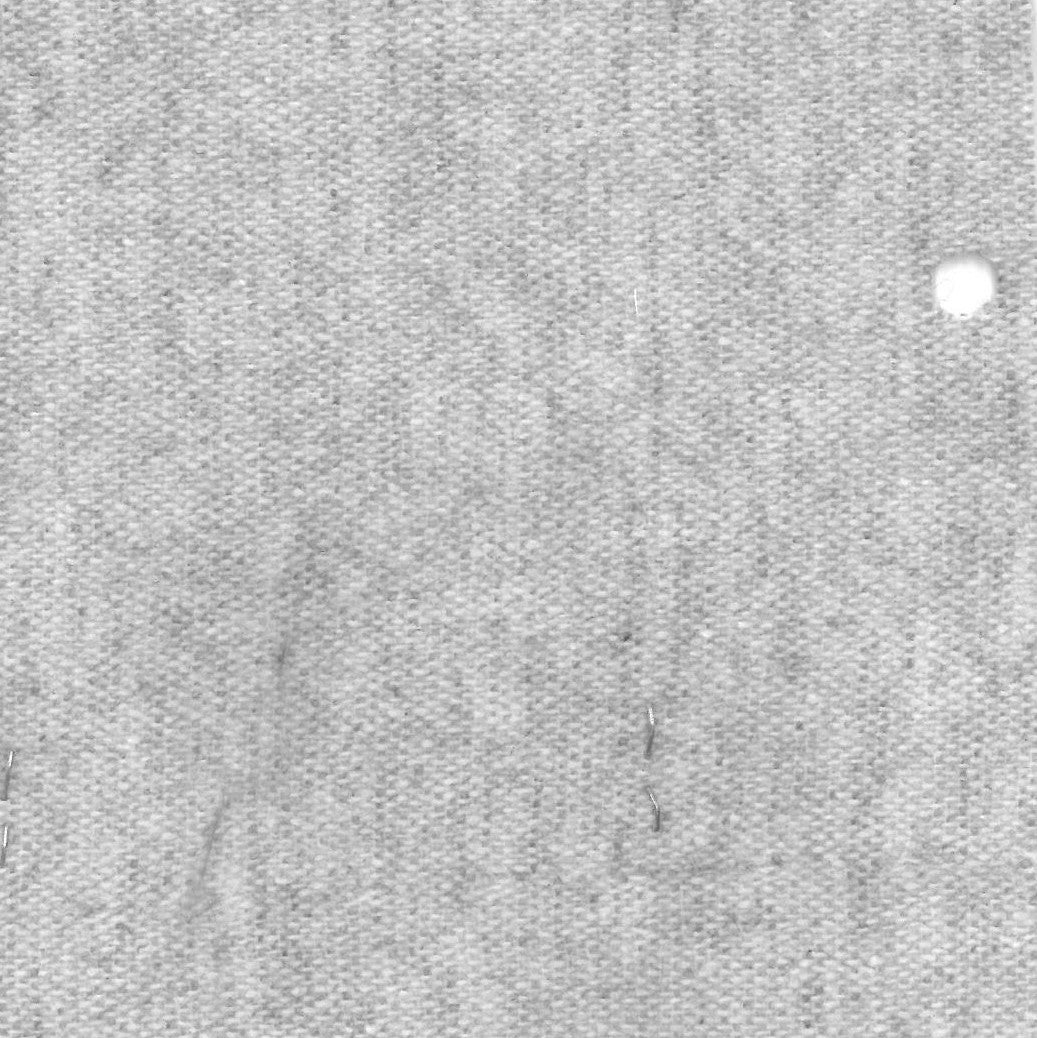
Lead
Loden is a traditional material that has been valued for centuries for its exceptional properties. It is made from fine virgin wool and is characterized by its dense, water-repellent structure. Loden offers both excellent protection against the elements and luxurious wearing comfort.
The production of Loden is a complex process that requires traditional craftsmanship. First, the wool is washed, combed, and spun into fine yarn. Then, the fabric is felted and compacted in special fulling machines. This fulling process gives the Loden its unique density and resistance to wind and rain.
Loden offers a range of advantages that make it a popular material for high-quality clothing and accessories. It is not only water-repellent but also breathable, which means it wicks away moisture while remaining comfortably dry. Furthermore, Loden has a natural insulation capability that provides cozy warmth in cold weather conditions.
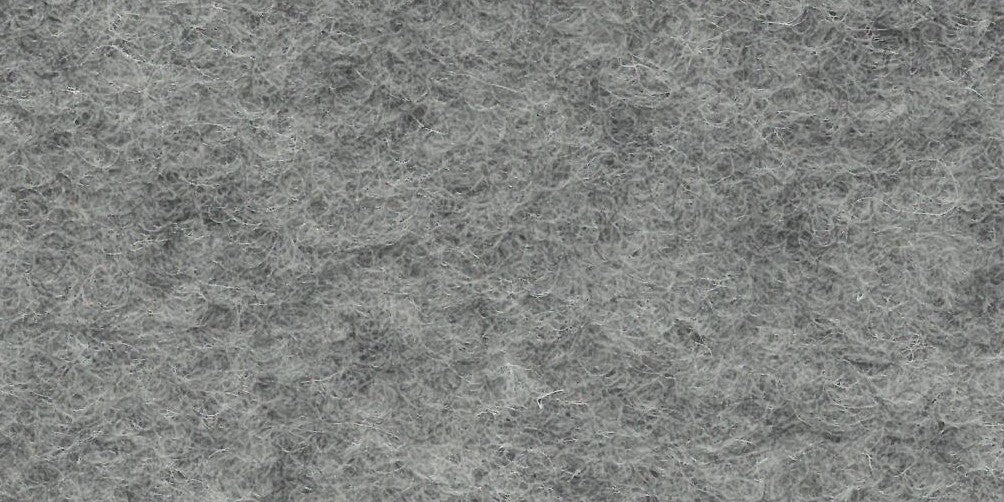
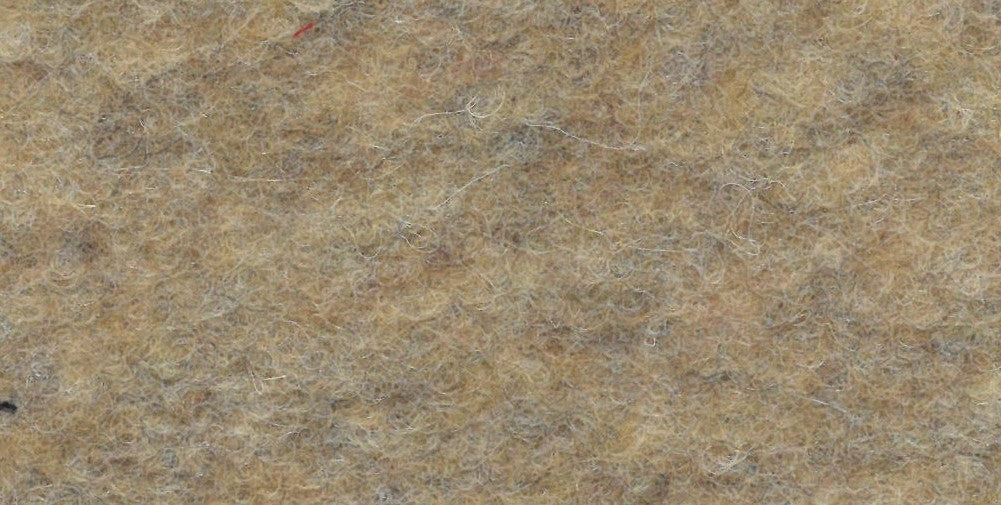
Walk
Felt is created through a special process of compressing fibers. It is often made from sheep's wool and is characterized by its dense and warm structure. Felt fabrics are known for their insulating properties and their ability to repel moisture.
The production of felt begins with shearing the sheep, followed by cleaning and combing the wool. The fibers are then felted using water, heat, and pressure, resulting in a firm and dense texture. This process gives the felt its characteristic durability and resistance.
Walk has a variety of advantages that make it a popular material for winter clothing and accessories. It is not only extremely durable but also wind and water resistant. Furthermore, Walk offers natural thermal insulation and good breathability, which means it keeps the body warm while wicking away moisture.
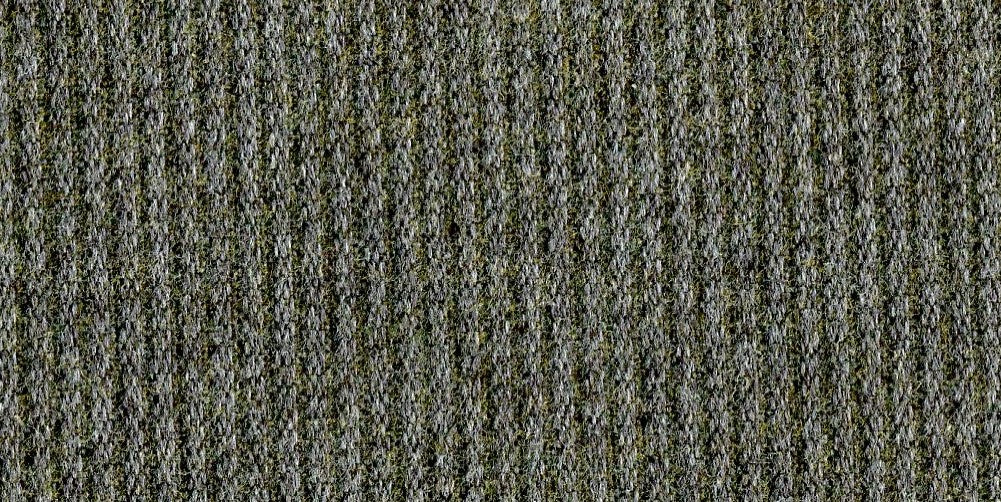
Flannel
Flannel is a soft and warm material, characterized mainly by its napped surface. It is made from cotton or a blend of cotton and synthetic fibers. Flannel fabrics are known for their pleasant feel and temperature regulation.
Flannel is created by weaving the fabric and then brushing or raising it to produce the characteristic fluffy texture. This process not only increases comfort but also enhances the insulation properties of the flannel, making it ideal for colder temperatures.
Flannel is not only soft and comfortable, but also breathable and moisture-absorbing, which ensures a pleasant wearing experience. Furthermore, flannel is versatile and suitable for both outerwear and bedding.
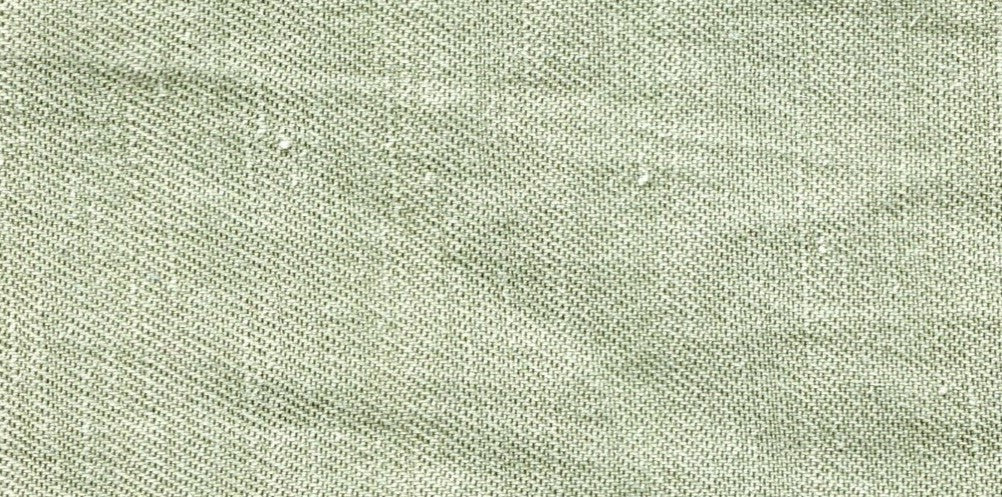
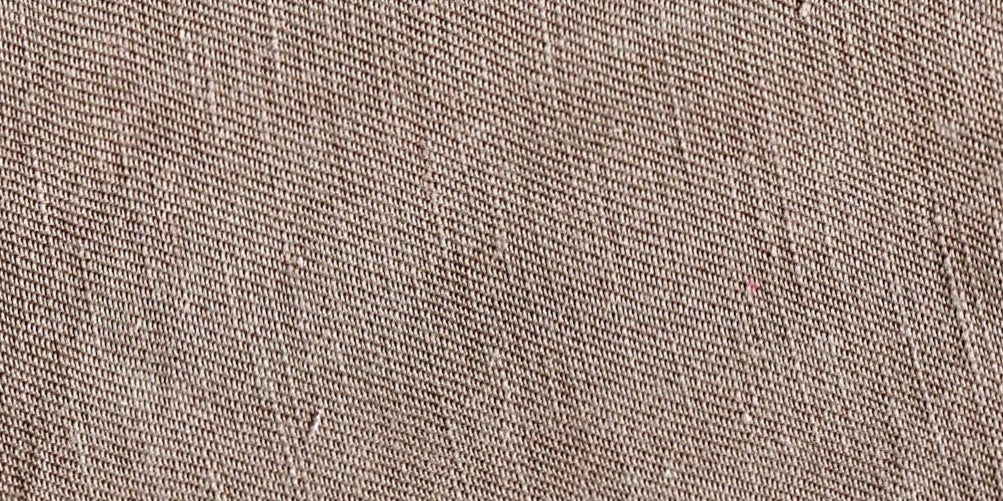
Linen
Linen is made from the fibers of the flax plant. It is known for its particular lightness, breathability, and high durability. Linen fabrics are characterized by their smooth surface and natural texture.
The production of linen begins with the harvesting of flax plants and the subsequent drying process. Then, the fibers are extracted from the stems and spun into threads. These threads are finally woven into linen fabrics, preserving the characteristic strength and durability of the material.
Linen offers a range of advantages that make it a popular material for clothing and home textiles. It is naturally breathable and absorbs moisture, making it feel pleasant on the skin and ensuring good air circulation. Linen is also durable and becomes softer and more supple over time.

